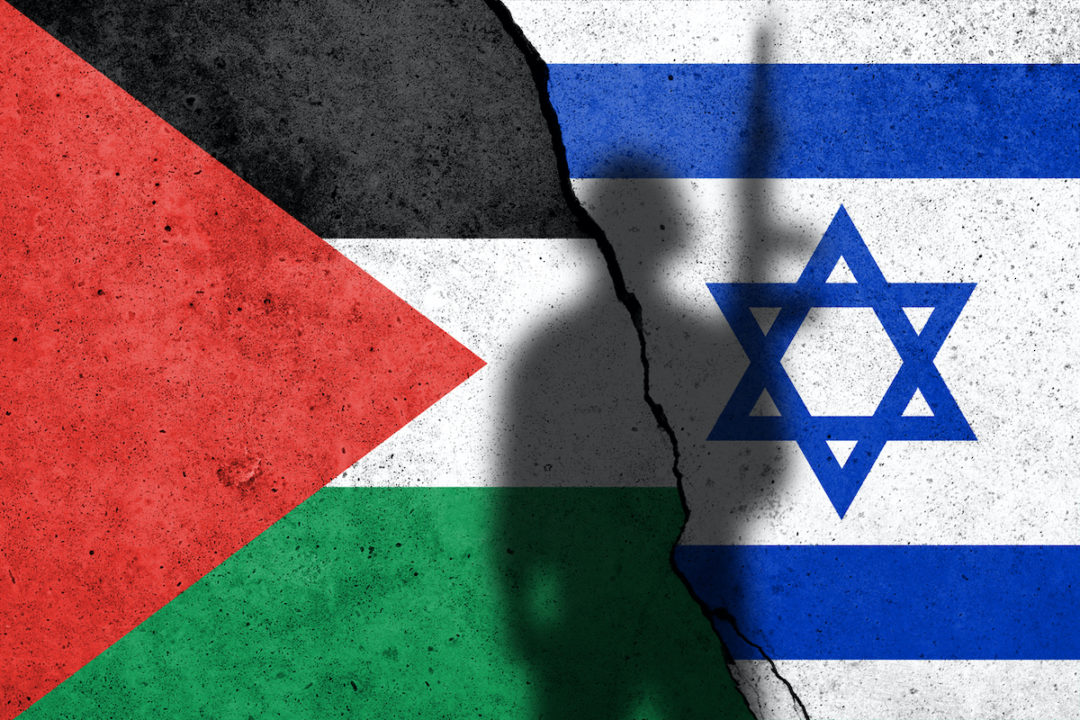Two state solution for Israel Palestine conflict, Solutions for Israel Palestine conflict
The idea of a two-state solution has arisen as a beacon of hope in the turbulent landscape of the Israel-Palestine conflict. This vision calls for the establishment of a Palestinian state alongside the state of Israel, giving each country its own borders and a chance at peaceful coexistence. The US, the UK, the UN, and even Israel itself have all expressed support for it. However, there are considerable challenges in the way of achieving this objective.
Key Obstacles
Defining the Borders
Determining the boundaries of a possible Palestinian state is the main obstacle to a two-state solution. The idea of going back to the boundaries that were in place prior to Israel’s occupation of East Jerusalem, the West Bank, and Gaza during the 1967 six-day war has many supporters. This spatial delineation is complicated by the construction of Israeli settlements in the West Bank, which house some 600,000 Israelis. It is becoming more difficult to identify the West Bank as being exclusively Palestinian territory because of these settlements, which are prohibited by international law.
The Right of Return:
The Nakba, or “catastrophe,” caused by the founding of Israel in 1948 and the Arab-Israeli war resulted in the eviction of many Palestinians from their homes. Approximately 750,000 Palestinians were given refugee status by the UN. But under the same standards today, 5.9 million Palestinians believed to live in the West Bank, Gaza, East Jerusalem, Jordan, Lebanon, and Syria would be considered refugees. Many people want to return to their own countries, but doing so within the occupied territories poses a problem to Israel’s plan for a two-state solution.
Jerusalem’s Complex Status
At the center of the conflict is Jerusalem. Due to its historical and religious importance, both Israel and the Palestinians claim this ancient city as their capital. The Temple Mount and Al Aqsa Mosque are only a couple of the revered locations in Judaism, Islam, and Christianity that can be found in the Old City. Israeli police and Palestinian worshipers engaged in violent clashes over Jerusalem’s disputed status. In order to achieve a two-state solution, East Jerusalem would have to be designated as the capital of the Palestinians, with the western portion of the city being designated as the home of the Israelis.
Support and Conditions
Israel’s Conditions
Israel formally backs the two-state solution, but on the condition that the Palestinians disarm. Organizations like Hamas are seen as an existential danger by Israel. As long as they have the power to rule themselves, Fatah and the Palestinian Authority support the solution. Hamas, the organization in charge of Gaza, has a history of animosity toward Israel. Hamas declared willingness to support a Palestinian state inside the lines of 1967 in a 2017 charter modification, further complicating the Palestinian position. The peace process is hampered by the Palestinian leadership’s divisions.
Increasing Skepticism
It’s noteworthy that an increasing percentage of Israeli leaders are opposed to the notion of a two-state solution. According to a quote by former Israeli President Benjamin Netanyahu, Palestinian aspirations for independence should be “eliminated.” This Israeli scepticism adds still another level of intricacy to the already complex situation.
Israel has a significant economic and military edge over the Palestinians. It is the largest recipient of US foreign aid since World War II since the US has consistently provided steadfast support for it. Negotiations and peace talks are influenced by this power disparity.
The Waning Hope
With the Oslo Accords in the early 1990s, the concept of a two-state solution peaked, but since then, several events and reasons have made it less likely to materialize. Hope has been eroded as a result of the murder of Israeli Prime Minister Yitzhak Rabin, the rise of right-wing regimes in Israel that followed, Donald Trump’s election, and his decision to move the US embassy to Jerusalem.
The two-state solution, once seen to be the key to resolving the Israel-Palestine issue, now confronts significant obstacles. The process has been hampered by issues with boundaries, the right of return, Jerusalem’s status, and internal conflicts among Palestinians, despite international backing and official viewpoints. The path to peace is made more difficult by the disparity in power and the rising skepticism. The optimism, however, endures, as do the efforts of those working tirelessly to resolve this enduring conflict.
How does the two-state solution work?
According to the two-state solution, an independent Palestinian state would be established alongside the existing state of Israel, giving each country its own set of borders.
What is the controversy surrounding Jerusalem in the two-state solution?
Due to its historical and theological significance, Jerusalem is claimed as the capital by both Israelis and Palestinians, resulting in complicated disputes concerning its division.
What prerequisites does Israel have to meet in order to back the two-state solution?
Israel is in favor of a two-state solution, but only if the Palestinian side demilitarized in order to handle security issues.
Why has optimism for a two-state settlement waned recently?
The likelihood of a two-state solution is dwindling for a number of reasons, including the murder of Yitzhak Rabin, an increase in Israeli settlements, political changes, and shifting international positions.

